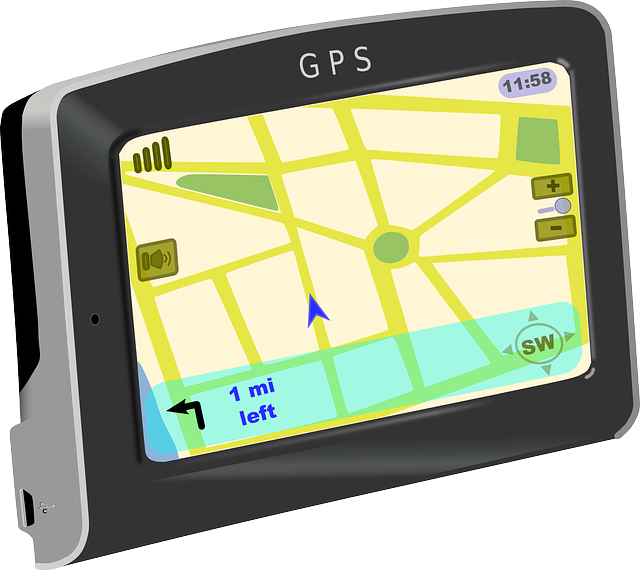Whether you’re tracking your new car on the lot, the location of one of your kids, or the performance of one of your employees, GPS tracking technology has come a long way in recent years and now can do a lot more than it used to be able to do, particularly if you use the right kind of system. Here are some tips that can help you get the most out of your GPS tracking system and make sure that it works as well as possible.
Know What You Want to Track
What do you want to track? The answer to this question is the key to finding a GPS tracker that will suit your needs. For example, some people may be interested in keeping track of their car’s location as they drive around town. If this is the case, then an on-demand type of service would work well. However, if you’re looking for something that does more than just monitor locations and actually provides additional features like remote control over the car or movement alerts, then you may need to explore other options.
Set Up Geofences
Setting up geofences is the first step to activating your device. Geofences are virtual boundaries that you create around your home, work, school or any other location. You can set them up by specifying the physical address in the app of where you want the geofence to appear, or by dropping pins on a map. Once you have created at least one geofence and finished setting up your device, you’re ready to begin using it.
Get to Know the Dashboard
The first thing you’ll need to do is download the app onto your phone. From there, you’ll be able to view the map and track your device’s location at all times. In order to change any settings or make adjustments to the tracking system, click on ‘Details’ in the bottom right corner of the screen. This will take you to a new page with more information about your device. You can also access this page by clicking on Settings from inside of the app’s main menu.
Take Advantage of Alerts
Alerts are an especially useful feature of the GPS tracking system. If you know the area where your vehicle is, you can set up alerts that notify you when it leaves or enters certain zones. You can also set alerts that notify you if your car stops, slows down, or speeds up. These alerts will come in handy if you need to keep track of how much gas your car uses, as well as how many miles it’s driven and what time it usually comes home at night.
Use the Scheduling Feature
The Scheduling Feature on the iPhone is a great way to make sure you’re always on time. You can set up your day with events, such as Work, Breakfast, and Dinner. The nice thing about this feature is that it also tells you how long you’ll be at each event, so if you’re running late and need to find the fastest route, simply select the event, tap Map and voila!
Generate Reports
The first thing you should do is enter your vehicle information. The information you need to enter is: the make of your vehicle, model year, and license plate number. You will be able to enter this information when you log into the system. It’s important to fill out all of the fields in order to use the system properly. Once you have completed this step, you will be able to generate reports about your vehicle’s location at any given time as long as it has been on for at least fifteen minutes.
